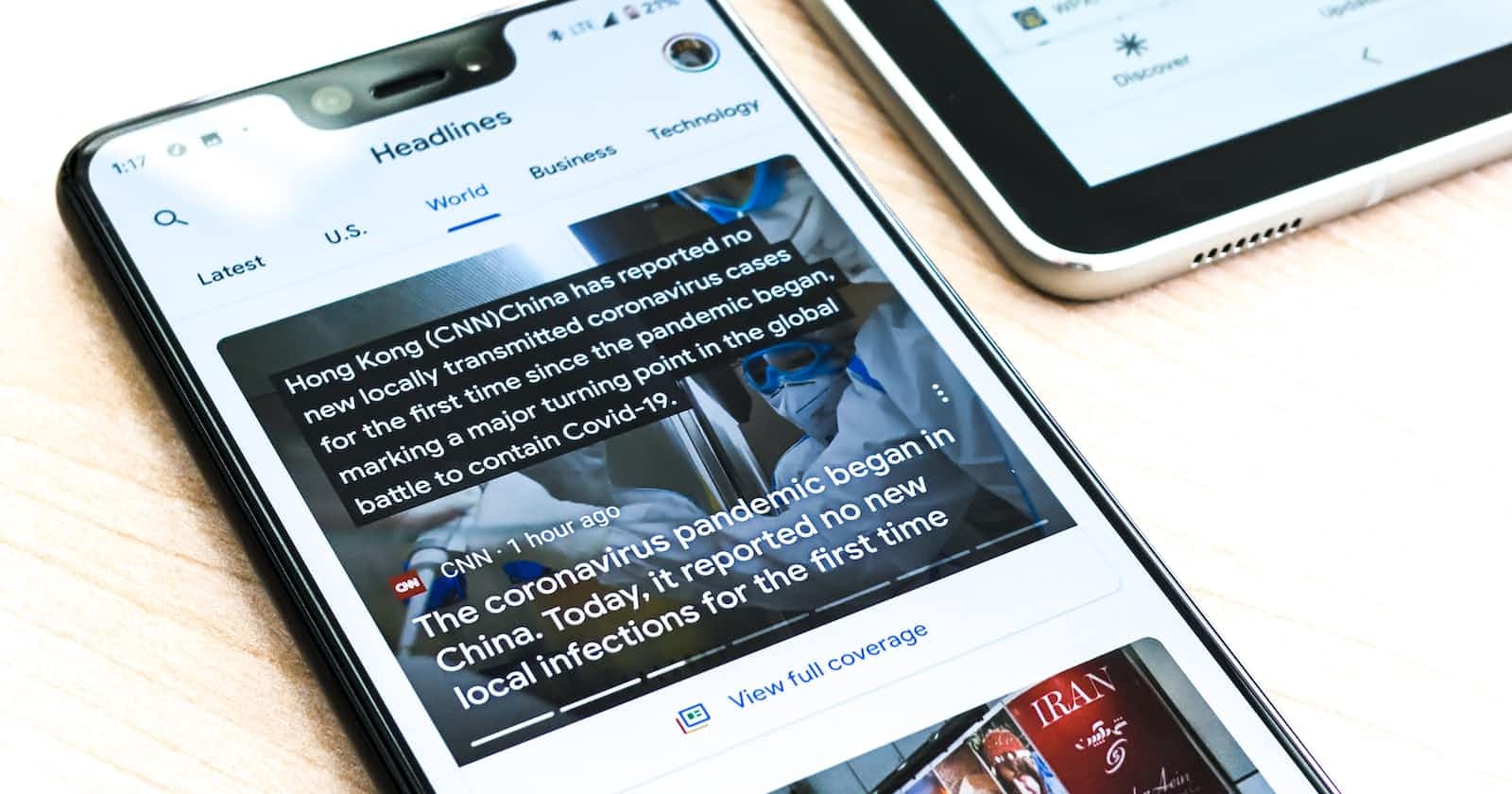For well over a decade, as the desktop/laptop/smartphone era of multi-device computing developed, traditional news organizations were at a severe disadvantage. Their business model, which had served everyone well for decades unchanged, was suddenly competing against flexible and financially stronger tech companies. The change is not complete even now. It’s all about mobile, both in the technology and the way of thinking about how we access information.
The rise of mobile access among digital news audiences has been incredibly quick and relentless, and in less than a year has gone from being on par with desktop audiences to nearly 50% greater. The shift is permanent, and the implications for digital media economics are profound.
These trends are not national phenomena confined to the United States or North America. They are playing out all over the world.
Jacob L. Nelson (@JNelz), a doctoral student in Northwestern University’s Media, Technology, and Society program, and Andrew Lipsman, comScore VP of Marketing & Insights analyzed leading digital news properties to understand this shift – See more at: https://digitalcontentnext.org/blog/2015/09/30/digital-news-audiences-shift-to-mobile-as-platform-widens-margin-vs-desktop/#sthash.qUgkA3uk.dpuf
Americans over 50 are still somewhat less likely to consume news digitally than those under 50: some data suggests that approximately 40% of those aged 50 and older get some form of digital news compared to more than 60% of younger users. The degree and speed to which those under age 30 are moving away from traditional delivery systems is what is causing the upheaval.
Mobile access may finally be displacing the desktop model, but this development is not all bad. The ability for people to access all types of news on many different devices at any time and anywhere has contributed to the net growth of news audiences. This is important because more eyeballs typically translate into more ad or subscription dollars.
Mobile use continues to replace desktop use and is even increasing the news audience overall. Desktop access is still significant, but the trend is clear. Audience growth is coming from mobile, and that fact should be the impetus for digital news organizations to develop their business models accordingly.
Until recently, online advertising has generated only a fraction of the revenue print or television advertising once earned, and mobile ads were bringing in only a fraction of what online ads typically did. Mobile app developers are creating more programs and campaigns to become new sources of subscription revenue and readership. But the economics are not that simple. Audience engagement is tricky to manipulate and translate into revenue generation. Nelson and Lipsman posit that while the mobile web is a much more important driver of audience, apps have a disproportionately high impact on engagement. This is only the beginning.


